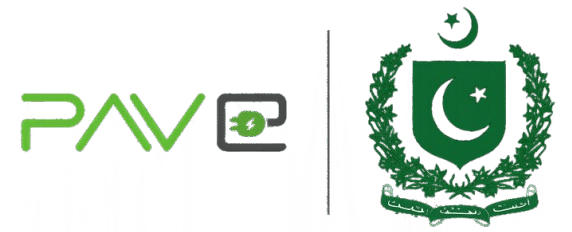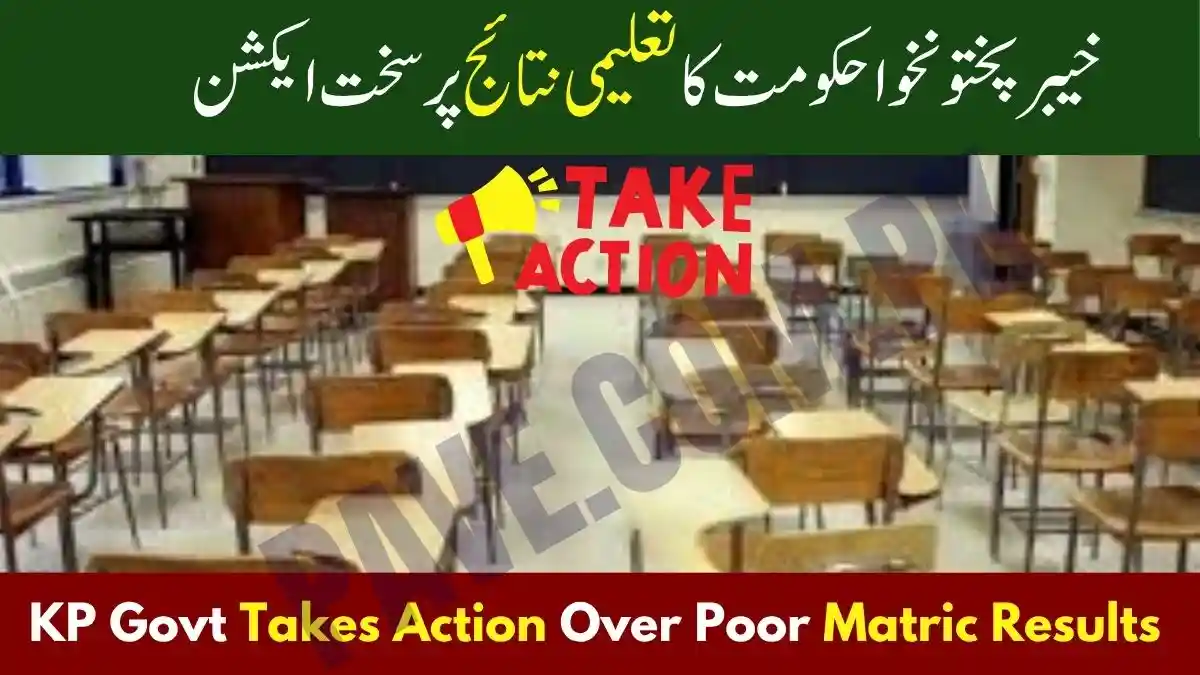Khyber Pakhtunkhwa to Take Action Over Poor Matric Exam Results Below 40%
The Khyber Pakhtunkhwa (KP) government has announced strict measures following the disappointing matriculation exam results in which several schools recorded less than 40 percent pass rates. The Department of Elementary and Secondary Education KP has taken serious notice of this performance decline and decided to initiate disciplinary and reform-oriented actions against underperforming schools.
This move under the title Khyber Pakhtunkhwa to Take Action Over Poor Matric Exam Results Below 40% highlights the province’s growing commitment to improving academic standards, ensuring teacher accountability, and strengthening the overall education system.
Read Also: Pilot Salary in Pakistan 2025 — Latest Pay Scale, Perks & How to Become a Pilot
KP Matric Results 2025 — An Alarming Situation
The KP matric results 2025 revealed that many government schools failed to meet the minimum performance benchmarks set by the education board. In particular, schools under the Board of Intermediate and Secondary Education (BISE) Mardan performed below expectations, prompting immediate government intervention.
Officials confirmed that numerous schools reported pass percentages between 30 to 40 percent, with some institutions falling even lower. Education authorities have called this a wake-up call for the entire public education system in the province.
A spokesperson from the KP Education Department stated, “This is not just about poor marks — it reflects gaps in teaching quality, student engagement, and school management. The department cannot ignore these figures and must respond decisively.”
Education Department Orders Inquiry into Poor Performance
As part of the poor matric result action plan, the Khyber Pakhtunkhwa Education Department has initiated an inquiry to identify the main causes behind the declining pass percentage. The department has called for detailed performance reviews of all schools falling below the 40 percent mark.
The inquiry will examine teacher attendance, teaching methods, syllabus completion, and exam preparation mechanisms. It will also assess whether schools followed proper guidelines provided by the BISE KP for the 2025 academic year.
Read Also: Gold Prices in Pakistan Drop Again — Per Tola Falls by Rs. 2,000 Amid Global Decline
All school principals and headteachers from the affected districts have been directed to appear before the department with complete data, including student attendance, internal assessment results, and class performance records. The department aims to hold educators accountable while also understanding the systemic issues leading to such outcomes.
Khyber Pakhtunkhwa Education Reform and Accountability Measures
This move is part of the broader Khyber Pakhtunkhwa education reform agenda that the provincial government has been pursuing to modernize the education system. Under the reform plan, the government is focusing on teacher training, digital monitoring, and curriculum improvements to ensure better learning outcomes.
Officials emphasized that poor results will not be tolerated under any circumstances. Schools with consistently low performance may face administrative reshuffling, teacher transfers, or even disciplinary action if negligence is proven.
A senior education officer said, “We are introducing performance-based evaluation metrics for teachers. Those delivering results will be rewarded, while those showing continuous negligence will face accountability.”
The department has also confirmed that school performance reports will now be compiled annually and shared publicly to increase transparency and encourage competition among institutions.
BISE KP Low Pass Percentage — Key Factors Identified
Preliminary assessments have already identified several contributing factors behind the BISE KP low pass percentage in matric exams. These include:
- Teacher Shortage: Many rural schools lack qualified teachers, especially in science and mathematics subjects.
- Outdated Teaching Methods: Reliance on rote learning and limited use of modern teaching tools have affected students’ conceptual understanding.
- Lack of Supervision: Weak monitoring at the district level allowed inefficiencies to persist without timely correction.
- Student Absenteeism: Irregular attendance and lack of parental involvement have further weakened student performance.
- Resource Deficiency: Many schools suffer from inadequate infrastructure and learning materials.
The department plans to address these issues systematically as part of its reform initiative for the upcoming academic session.
High-Level Meeting Called by the KP Education Department
To tackle the problem effectively, the Education Department has called a high-level meeting involving regional directors, district education officers, and board officials. The meeting will evaluate individual school performances and finalize corrective actions for the worst-performing institutions.
Each headteacher has been instructed to bring a detailed breakdown of their school’s matric results along with evidence of academic activities conducted throughout the year. Officials will assess whether syllabus coverage, test preparation, and student counseling were carried out as required.
A departmental circular issued by the Elementary and Secondary Education KP stated that heads of institutions must justify their performance and present improvement plans. Schools failing to show progress within the next examination cycle may face restructuring or administrative takeover.
Preparing Recommendations to Improve Future Results
In addition to immediate action, the education department is also working on a recommendation framework to help schools improve performance. These recommendations will include:
- Teacher Development Programs: Regular training sessions to improve teaching techniques and subject knowledge.
- Student Counseling and Support: Introducing guidance sessions to help students manage exam stress and focus on weak subjects.
- Digital Learning Tools: Expanding the use of smart classrooms and e-learning resources, especially in urban areas.
- Monthly Assessments: Regular evaluation tests to track progress throughout the academic year rather than relying solely on board exams.
- Parent-Teacher Collaboration: Encouraging parents to participate in their child’s academic journey for better results.
The department plans to submit this KP schools performance report and set of recommendations to the provincial government for approval and implementation before the next academic year begins.
Read Also: Sehat Card Plus 2025 – Free Healthcare Services in KPK
Reactions from Education Experts and Teachers
Education experts have supported the government’s decision, calling it a necessary step to maintain accountability in the public sector. They believe the low matric results are not just the fault of individual teachers but reflect deeper systemic challenges that require sustained reform.
A former education board official said, “The 40 percent threshold is alarming. We need to rebuild the education model — starting from classroom quality to examination reforms. Only consistent policy and monitoring can ensure progress.”
Teachers, on the other hand, have expressed mixed reactions. While many agree with the need for accountability, they also urge the government to address resource shortages, large class sizes, and outdated textbooks that contribute to poor learning outcomes.
The Road Ahead for KP’s Education System
The KPK board exam results 2025 have served as a wake-up call for the province’s education authorities. The next few months will be crucial as the Education Department prepares and implements its corrective action plan.
The Khyber Pakhtunkhwa to Take Action Over Poor Matric Exam Results Below 40% initiative demonstrates the government’s resolve to raise the standard of education, ensuring every student has access to quality learning and fair examination systems.
If the reforms are executed effectively, KP could see significant improvement in student performance in the next academic session. The focus now lies on empowering teachers, improving resources, and restoring trust in public education institutions — turning this disappointing result into an opportunity for long-term growth and transformation.
Read Also: 8171 BISP November KPK Registration & Payment Guide
Conclusion
The KP matric results 2025 have exposed the challenges within the province’s education system but also opened the door for much-needed reform. With inquiries, performance evaluations, and structural changes underway, the Khyber Pakhtunkhwa education reform strategy aims to uplift both teachers and students.
The government’s proactive stance sends a clear message — education is not just a policy area but a national priority. By addressing weaknesses today, KP is taking a vital step toward building a stronger, smarter, and more capable generation for tomorrow.







